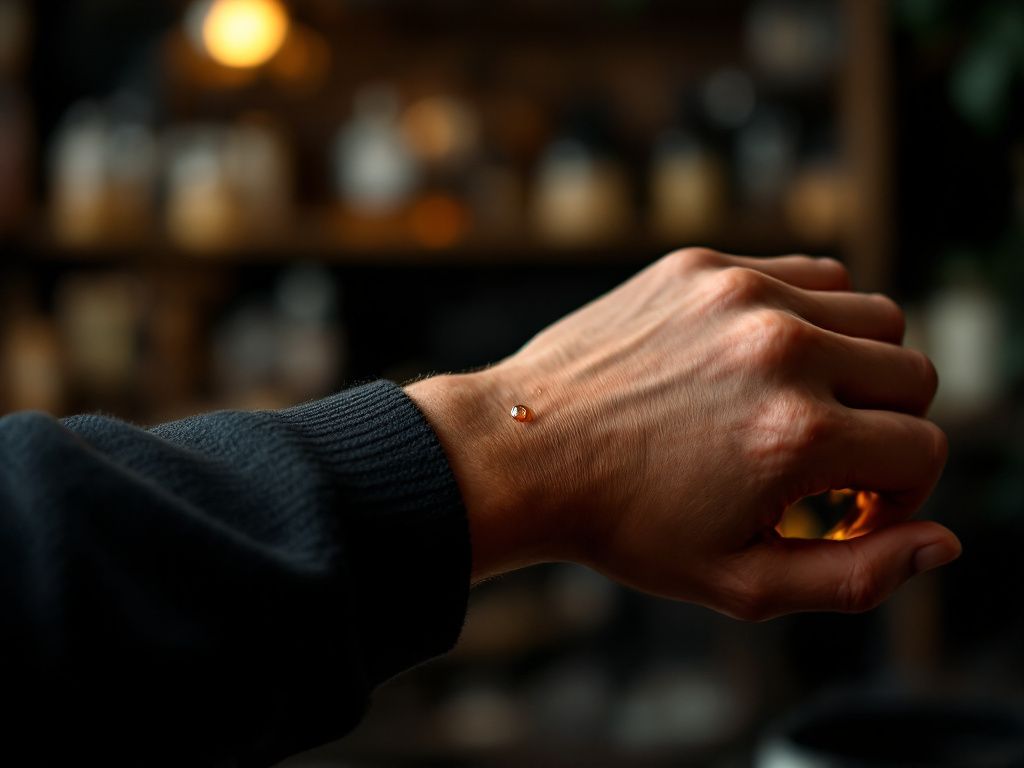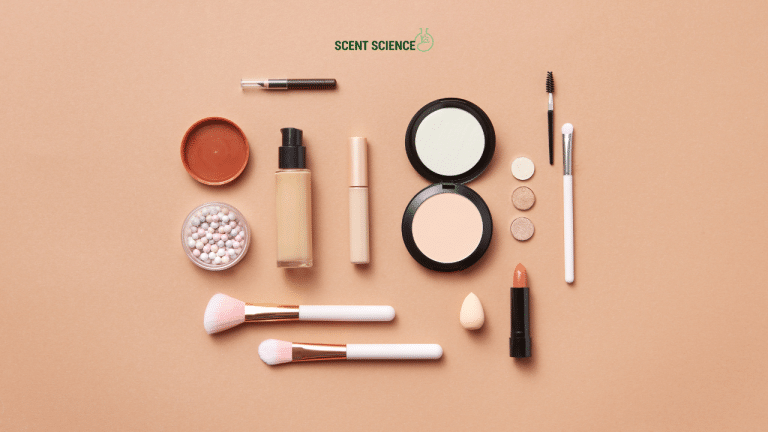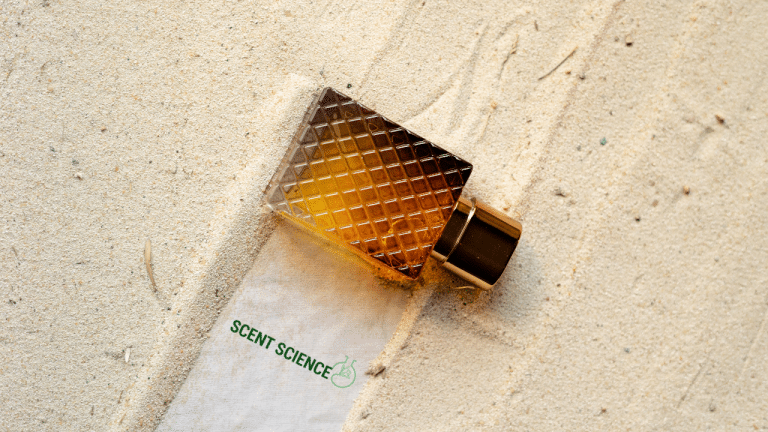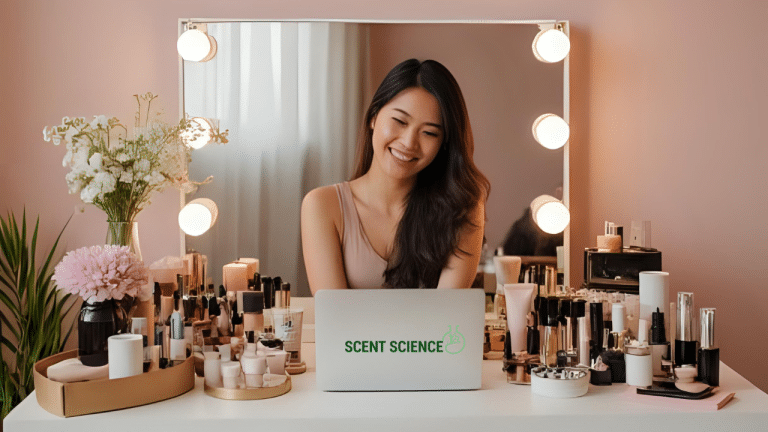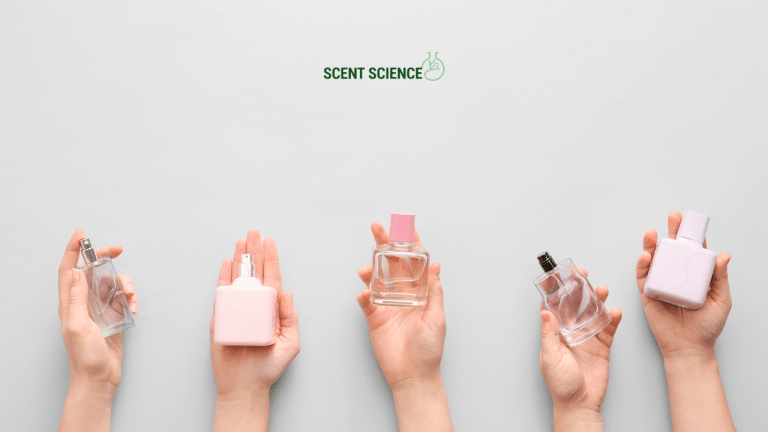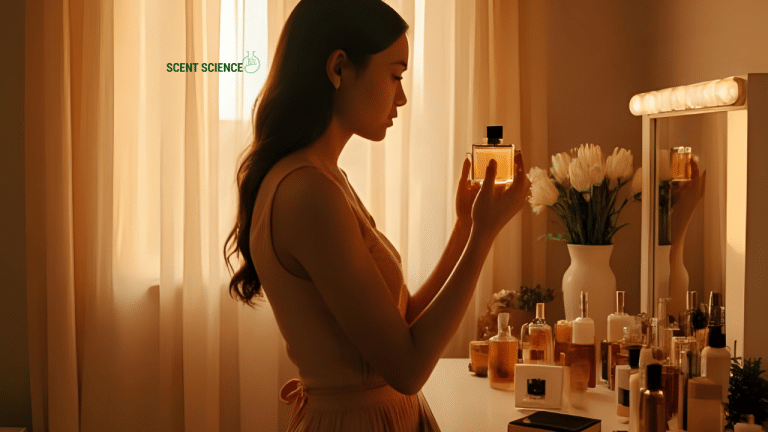In the world of perfumery, the quest for a scent that lingers long after the first spritz is a tantalizing challenge. 🕰️ Long-lasting perfume fixatives have emerged as pivotal players in this aromatic journey, ensuring that a fragrance’s appeal endures throughout the day. But what exactly are these fixatives, and how do they work their olfactory magic? In this comprehensive guide, we’ll unravel the science and art involved in crafting enduring perfumes from the top notes to the dry-down phase.
Table of Contents
ToggleUnderstanding Perfume Fixatives: The Foundation of Longevity
Perfume fixatives are substances used to increase the staying power of a fragrance. In technical terms, they reduce the volatility of the perfume, essentially slowing down the evaporation rate of the perfume components. This control over evaporation is what translates into a longer-lasting scent. Unlike top notes, which are designed to evaporate quickly and make an immediate impact, fixatives work beneath the surface to hold the heart and base notes—the layers that define a perfume’s personality—on your skin for extended periods.
The Role of Scent Chemistry
At the core of every perfume lies scent chemistry—the intricate science of mixing and matching different fragrance compounds to produce a harmonious blend. Fixatives often interact on a molecular level with other ingredients, influencing how they are perceived over time. Common molecular interactions include hydrogen bonding and van der Waals forces, both contributing to the steadiness of these volatile compounds and minimizing their unstimulated release.
Types of Perfume Fixatives
Perfume fixatives can be divided into three core categories:
- Natural Fixatives: These are derived from plant resins and animal products. Resins like benzoin, labdanum, and myrrh have been used for centuries. Their heavy, viscous nature contributes to their ability to hold onto lighter volatile molecules, stabilizing them within the scent’s matrix.
- Synthetic Fixatives: As technology progresses, synthetic fixatives like Ambroxan and Iso E Super have become popular due to their consistency and ethical considerations, avoiding the use of animal-derived fixatives like ambergris.
- Resinoids and Balsams: Category which includes elements such as tolu balsam and Peru balsam, acting as both fixatives and notes that add deep complexity to a fragrance.
Technical Breakdown of Longevity Ingredients

In any formula, the aim is to balance light, short-lived notes with longer-lasting absolute or synthetic counterparts. Let’s explore the essential longevity ingredients that form the backbone of lasting perfumes:
1. Ambroxan
Derived from the sclareol found in clary sage, Ambroxan replicates many of the coveted properties of ambergris. It serves as both a fixative and a fragrance, known for its woody, musky odor and ability to anchor lighter notes like floral and citrus without overpowering them.
**Case Study:** *Dior Sauvage*, a modern classic men’s fragrance, utilizes Ambroxan for its robust, all-day presence. This complex aroma maintains its intensity due to the molecule’s structural ability to associate robustly with other fragrance elements.
2. Iso E Super
Iso E Super adds a warmth and balsamic translucence to perfumes. Its almost magical allure comes from its variable projection and perceived radiance, blending excellently with woody and floral notes.
**Application Tip:** As a fixative, Iso E Super is fantastic in woody and aromatic composition, blending particularly well with cedar and sandalwood fragrances to enhance aroma diffusivity.
3. Benzoin Resin
With its sweet, vanilla-like aroma, benzoin resin adds creaminess and warmth. It is pragmatic for oriental scents and combines well with floral notes to ground their evanescent nature.
**Research Insight:** According to the IFRA (International Fragrance Association), benzoin resin also stabilizes the aesthetic of blends over time, refining and prolonging their aromatic profile as reported in sensory analysis studies.
Mastering Scent Chemistry: The Engineering Behind Perfume Fixatives
To effectively employ fixatives, a deeper dive into scent chemistry provides invaluable insight:
Molecular Interaction and Fixative Efficiency

The effectiveness of a fixative is heavily dependent on its molecular structure. Larger molecules with heavier weights, long chains, or cylindrical structures tend to interact more effectively with other perfume ingredients. Here’s a technical snapshot:
- Molecular Weight: Heavier components contribute to longevity but require proper balance. Too heavy a molecule can suppress fragrance projection by overwhelming lighter top notes.
- Volatility Gradient: Fixatives often achieve a balance – they maintain enough volatility to release scent while anchoring the more volatile notes to extend their presence in the fragrance.
Thermodynamics of Fragrance Evapotion
Thermodynamics essentially governs the evaporation process of perfumery. Fragrance molecules, when in contact with skin, gradually absorb energy, converting liquid molecules into gaseous form. Fixatives alter this interaction by binding with fragrance molecules, increasing energy needed for volatilization and consequently decelerating the release rate.
Real-World Applications and Industry Standards
The dynamics of creating a resilient fragrance involve a blend of art and science, adhering to industry standards and regulations, primarily:
IFRA Standards
The International Fragrance Association (IFRA) provides guidelines to maintain both safety and performance in perfume creation. These standards set maximum concentration limits on specific synthetic fixatives due to potential allergenicity or environmental impact, ensuring consumer safety remains paramount.
**Illustration:** The switch from natural animal-based musk to synthetic substitutes like Muscone, approved by IFRA, underscores the industry’s shift towards sustainable and ethically-aligned ingredients.
Best Practices in Perfumery
Understanding and mastering blending processes is key to optimizing the efficacy of perfume fixatives. Best practices in the perfume industry encapsulate:
- Sequential Layering: Gradually adding constituents in a formula from the most to least volatile optimizes fragrance balance.
- Aging and Maturation: Real-world application often tests formulations over weeks to assess stability and adaptability in variable environmental conditions.
- Consumer Testing: Conducting panel testing under various scenarios creates a customer-centric approach that balances initial impact with desired longevity.
Case Studies: The Evolution of Perfume Fixative Use

Now, exploring some hallmark instances where fixatives have revolutionized fragrance profiles:
- Chanel No.5: This iconic fragrance seamlessly blends synthetic fixatives, primarily aldehydes, to stabilize floral abstractions incredibly well, yielding an immortal bouquet.
- Le Labo’s Santal 33: An exquisite combination of natural sandalwood fixatives married with synthetic components ensures a robust cumin and cardamom top that fades into a long-lasting, smoky essence on the skin.
Practical Tips for DIY Fragrance Enthusiasts
For aspiring perfumers keen to experiment:
- Understand Base to Top Note Ratios: Practice with varying concentrations of essential oils and fixatives to discover viable personal compositions.
- Testing and Reworking: Allow blends to mature for weeks; revisit and refine based on scent evolution.
- Record-Keeping: Documentation is vital! Log your ingredient percentages, source, and any atmospheric notes during the blending process.
Conclusion
The world of perfumery is as thrilling as it is complex, grounded in the brilliant intersection of chemistry, creativity, and craftsmanship. 🧪 Perfume fixatives offer a gateway to more enduring, emotionally resonant experiences locked within each bottle. Whether you are an industry professional or a DIY aficionado, understanding the sophisticated dynamics of fixatives allows you to masterfully manipulate fragrances that truly last.
Stay inquisitive, keep experimenting, and embrace the science behind the art—it’s the lasting power of your next signature scent. 😊
Frequently Asked Questions
What are the benefits of using a hair mask in my hair care routine?
Using a hair mask can provide several benefits, including hydration, smoothing, strengthening, curl definition, heat protection, and damage repair. Hair masks infuse the hair with moisture, help coat the hair shaft to seal split ends, reduce breakage, and protect the hair from heat styling and environmental damage[1][4].
What ingredients should I look for in a hair mask?
Effective hair masks often include ingredients such as coconut oil, argan oil, shea butter, honey, avocado oil, green tea, and coconut water. These ingredients provide nourishment, moisturize, and protect the hair, offering benefits like softening, moisturizing, and protecting against damage[2][5].
How often should I use a hair mask in my routine?
You should use a hair mask whenever your hair feels dry, unmanageable, or in need of intense hydration. This can vary depending on your hair type and needs, but generally, using a hair mask once or twice a week can help maintain healthy and moisturized hair[1][4].
How do I apply a hair mask for the best results?
To apply a hair mask effectively, shampoo your hair first, then apply the mask, focusing especially on the ends where hair tends to be the most damaged. Leave the mask on for anywhere from 10 minutes to overnight, depending on the type of mask and your hair’s needs[1][4].
References
